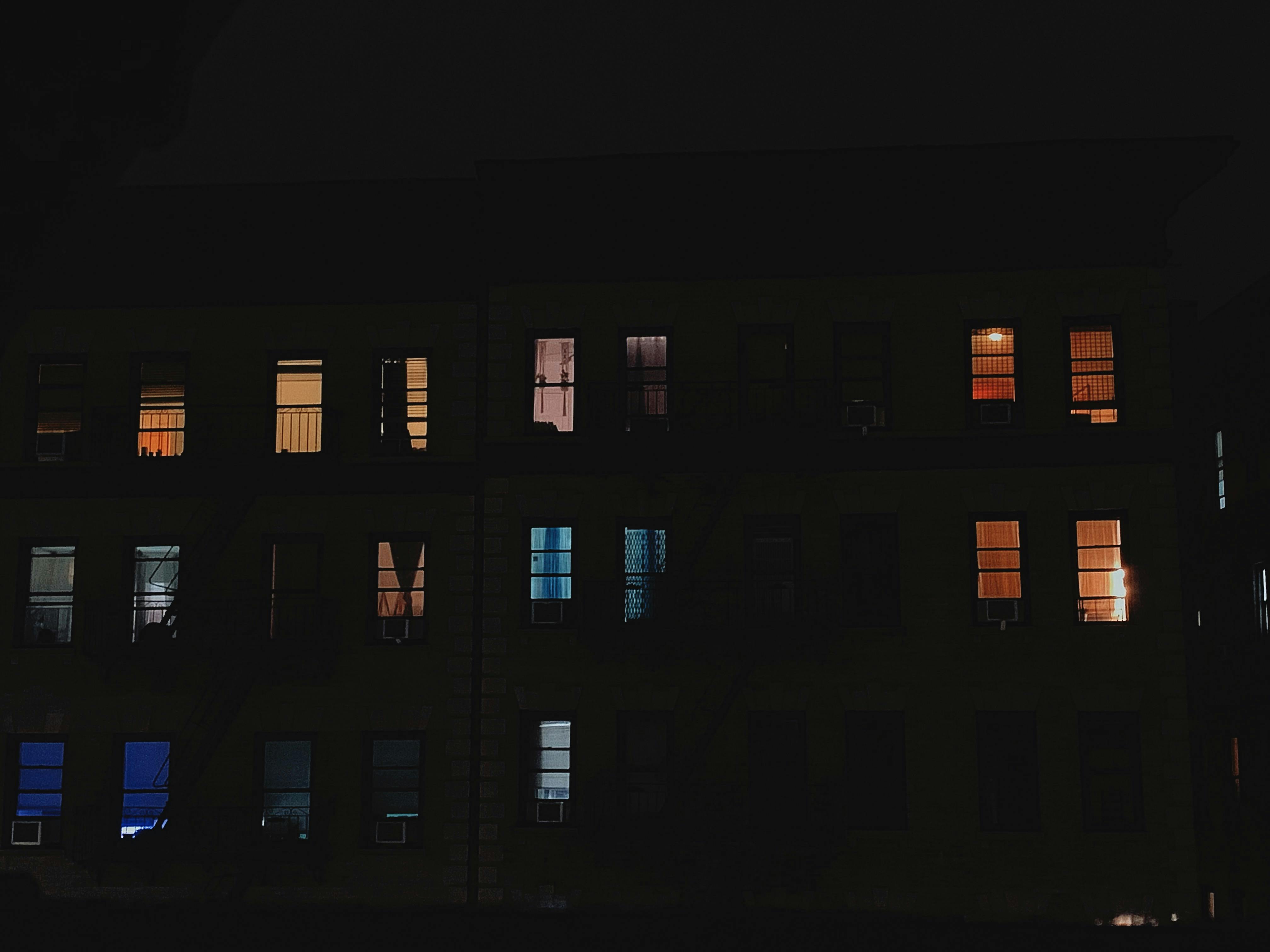Maximizing the insulation of your green home is the most important step you can take to reduce your home’s heating and cooling energy requirements. There are many options available to you, such as fiberglass batting, rigid or blown insulation. Let’s look at injected cellulose insulation which, in my opinion, is one of the most environmentally friendly options available today.
Why use blown insulation?
Blown cellulose insulation is made from post-consumer recycled paper, usually newspaper. With the new blowers available today, the insulation can be blown and compacted to a high density. This will eliminate settling of the insulation, which is what happened with blown insulation applied about 10 years ago.
By the way, did you know that fiberglass insulation also settles, especially if it was not installed correctly, which unfortunately happens all too often?
Blown insulation is the best option to ensure insulation is applied firmly and continuously around electrical outlets, pipes, wiring, and conduit. It can greatly reduce air leakage, compared to installing batt insulation. All those special boxes you can buy to prevent air leaks around electrical outlets have been developed to repair poorly installed batt insulation.
Doing it right in the first place is better, cheaper, and saves you headaches and money down the line. Airtight, high R-value insulation will also increase the comfort of your green home and minimize the energy use required for heating and cooling. A solar heating system can be smaller in size and therefore also more affordable.
Most suppliers of blown cellulose insulation operate within a limited geographic area, because shipping the insulation beyond a certain range is not feasible due to the high volume/pound ratio of the insulation. This means that you would be fulfilling another critical green component: buy local!
Where would you apply blown insulation?
In addition to insulating all exterior walls with blown insulation, you can also apply it to your garage ceiling and attic floor.
Those who live in cold climates are familiar with the dangers of ice dams. Dams form when attic insulation has holes and leaks. The heat from the rooms below will escape up and melt the snow on the roof. It then refreezes and forms an ice dam. More snow melts, ice accumulates and thaws again. The ice dam grows. The water from the melting ice cannot run to the roof because it is blocked by the ice dam. The path of least resistance is through the roof and into your house.
Qualified contractors are needed to properly install batt insulation at the edges where the walls, attic, and roof structure meet. Contractors often don’t take the time, or know how, to prevent gaps and leaks in the batt insulation they apply. The blown insulation will reach into those nooks and crannies and fill them with insulation, thus preventing heat from escaping and ice dams from forming.
Additional Benefits of Blown Insulation
The highly compacted cellulose insulation also inherently prevents air penetration. Fiberglass batt insulation is based on linings, joints, linings, etc. correctly installed. Unfortunately, these rarely install correctly.
As well as providing excellent thermal insulation, cellulose blown insulation will also provide very good soundproofing between rooms, from noisy pipes, showers and bathtubs. Gaps around bathtub and shower sinks can be easily filled with blown insulation. Family members who come home late and want to take a shower will no longer wake everyone up when the water runs. Of course, they could still slam doors…
Insulating the wall between the living room and adjoining bedrooms is another good application of blown insulation. You can sleep while other family members play music, watch TV and laugh in the family room.
If you have a door to separate the family room, you can lower the thermostat in this room when not in use for longer periods. With insulation between the family room and adjoining rooms, you won’t lose heat from the warmer rooms to the cooler family room.
Any room that is only used occasionally, such as guest rooms, rooms for kids who are away at college, can be thermally separated from the rest of the house by filling the walls with insulation.
What about mold?
Cellulose insulation is treated with non-toxic boric compounds to protect it from mildew. This treatment also provides resistance to fire and insects.
conclusion
I believe one of the best options for providing good, durable, environmentally friendly, non-toxic insulation for your home is to use blown cellulose insulation.
